Ensuring safety in production involves a whole range of diverse measures. To systematize the rules of regulations governing this area, the Federal Law No. 116 was developed. The document covers both the technical sphere of organizing the conditions for observing security measures and the preventive measures management system, as well as risk assessment methods and control systems. Thanks to new standards for providing protection against threats of various kinds, industrial safety in modern industry is effective and versatile in application.
What is a hazardous production facility?
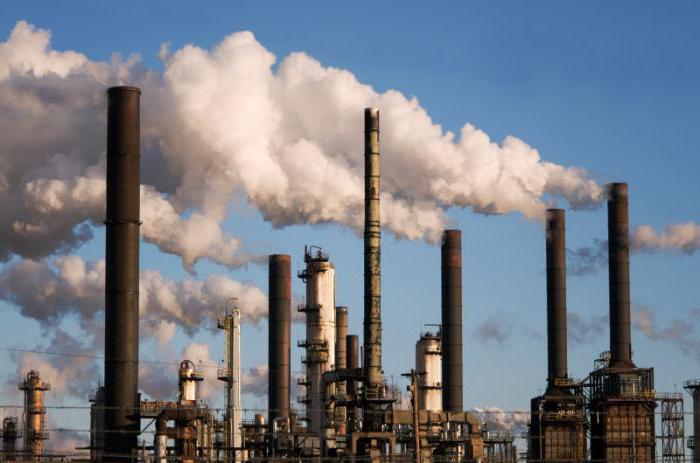
Any production requires compliance with certain safety rules. This may be due to the need to protect against mechanical means, thermal influences and other common types of threats in factories. In the case of particularly hazardous facilities, a higher level of risk is implied. Such enterprises include chemical plants, metallurgical plants and disposal landfills, which handle toxic, flammable or explosive substances. That is, industrial safety in such cases should increase in accordance with the level of threats of poisoning, explosions, as well as violations of the ecological background of the environment. A hazardous facility may be not only the enterprise as such, but also the workshop, work site, department or zone operating within the organization.
Industrial safety requirements
In this case, a system of prohibitions, restrictions and conditions is considered, the observance of which is aimed at preventing emergency situations. These requirements, in particular, are based on the need to ensure environmental protection, maintain the regulatory environmental situation and sanitary and epidemiological well-being. Separate rules apply to facilities that exploit nuclear energy. It happens that in the process of repair, modernization or conservation of an object, a necessity inevitably arises to deviate from the standards. In such situations, industrial safety is ensured by establishing requirements already in the framework of major repairs, conservation, etc. For this, the manager can prepare a special project with adjustments designed to operate the facility in specific conditions without compromising safety. The justification of the project, as well as changes made to the document, is subject to special examination.
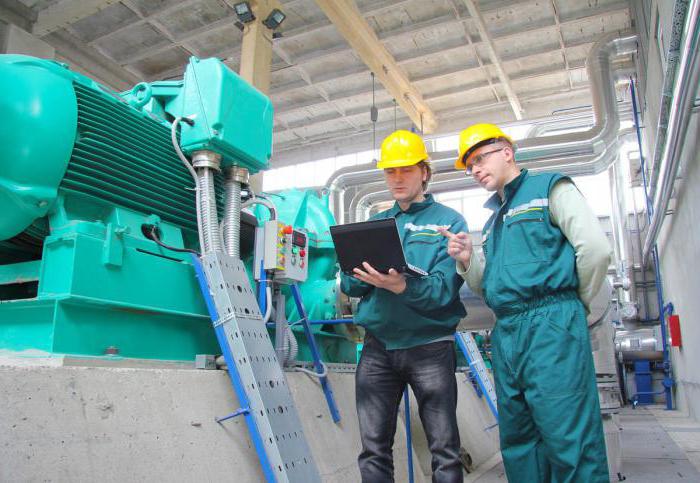
Legal regulation of industrial safety
Rationing of activities in the field of safety at hazardous industrial facilities is provided by law under number 116. The legal framework is based on technical acts and standards aimed at protecting employees of enterprises, the general population, property and the environment from harm. In particular, it provides for the need to ensure the safety of work processes, including through the organization of the procedure for the occurrence of incidents or accidents at the facility. The safety case is developed by the designer of the reconstruction or construction in accordance with terms of reference the customer.At the same time, industrial production safety provides for the separation of facilities in terms of legislation. For example, there are different types of activities in the field of industrial safety, such as design, installation, reconstruction, overhaul, re-equipment, conservation, etc.
Requirements for the design of industrial facilities
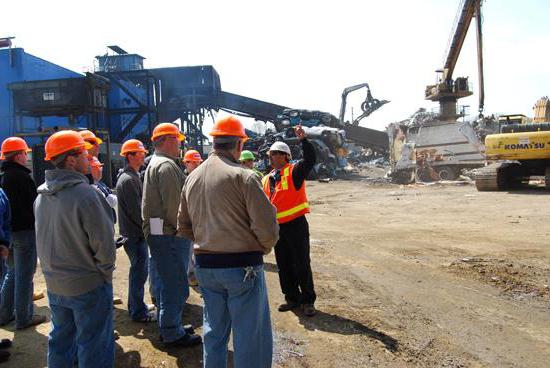
Design solutions are developed not only during the construction of new hazardous industrial facilities, but also for repair work, conservation, liquidation and re-equipment. In each case, a package of documents is developed, in accordance with which one or another event will be implemented in compliance with the standards not only for ensuring safety, but also the rules of urban development. Documents for the liquidation and conservation of a hazardous facility are considered in the framework of a special examination, which determines how much industrial safety in a particular case complies with the standards. The project of technical re-equipment of the facility is subject to examination in case if before the enterprise did not have dangerous status. That is, if before it was not provided for the rules of additional security, however, re-equipment makes it necessary to introduce new standards for the regulation of industrial activity.
Requirements for the operation of the facility

Industrial safety standards require the fulfillment of a wide range of conditions that will minimize risks during the operation of the facility. In particular, the responsible persons must ensure that the enterprise and the full functioning of the devices and control systems that allow regulating production processes in order to maintain the proper level of safety. In addition, a reliable and trouble-free control system for these devices should be provided. General control, within the framework of which safety is checked at hazardous production facilities, ensures regular examination. For this, inspection of buildings, workshops, sections, as well as technical equipment and equipment is carried out. Also, depending on the availability of capabilities, the enterprise should conduct tests and diagnostics of technical capacities with subsequent examination of the results.
Object Examination
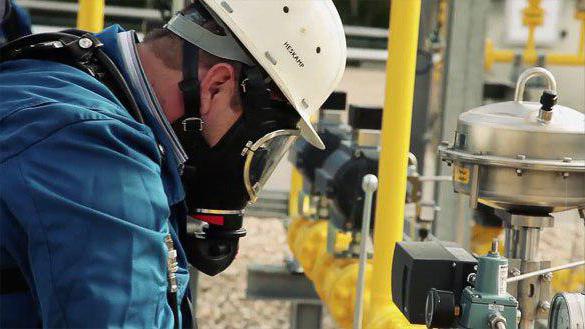
In accordance with the established procedure, an examination is carried out to confirm the compliance of the hazardous facility with the required safety conditions. Technical devices, engineering systems for communication support, working equipment, as well as project documents are examined. Only an organization that has the appropriate license can carry out an examination. After a group of specialists has performed the necessary operations, a conclusion is drawn up, which is further confirmed by the management of the organization. If the industrial safety rules have not been violated, the document is entered in a special register of expert opinions. It is important to note that even organizations licensed for this type of activity do not have the right to conduct site surveys and make conclusions regarding the enterprises that are part of them.
Industrial Safety Declaration
This document is developed only subject to a thorough preliminary analysis of all risks at the enterprise. Next, hazard and threat assessments are issued at the facility, in accordance with which the content of the document is formed. Also, specialists involved in the development of the declaration should evaluate how high the level of preparation of the enterprise for possible accidents is. In particular, it analyzes the measures that management is ready to take in terms of localization and effective management of the consequences of accidents.As industrial safety of production facilities varies by class, so the declaration provides for different levels of threats.
Investigation of the causes of the accident
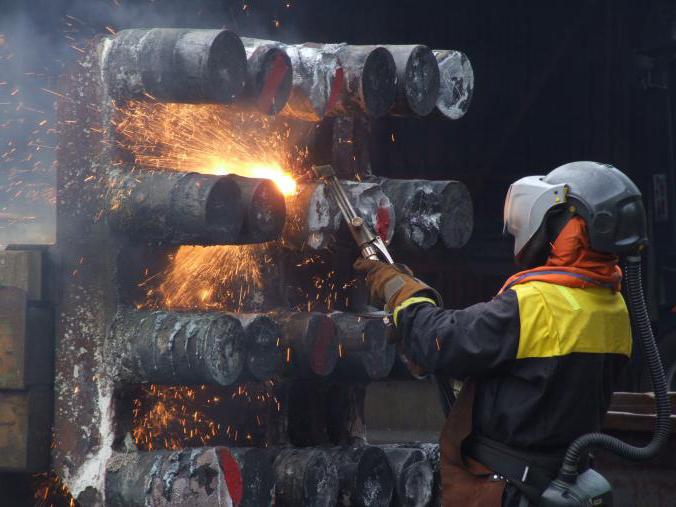
Any fact of an accident at an industrial facility should be investigated accordingly. In this case, the technical expertise is carried out by a commission, which includes representatives of local government, the operating organization and the insurer. In the course of the investigation, it is evaluated how the safety rules of production facilities were observed, and the state of equipment and technical facilities of the enterprise as a whole is analyzed. The results of the audit are recorded in an act indicating the circumstances and causes of the accident.
Industrial Safety Features
According to many industrial safety standards, hazardous facilities are similar to typical enterprises. In any case, the general forms of regulation of this sphere are the same in both cases. The differences concern the specifics of the operation of such facilities, which may be due to the processing, storage or transportation of combustible, explosive, toxic and other substances. Accordingly, industrial safety rules at hazardous production facilities are developed taking into account increased threats and risks. This applies to various aspects of the activities of enterprises, as well as the organization of their operation.
Conclusion
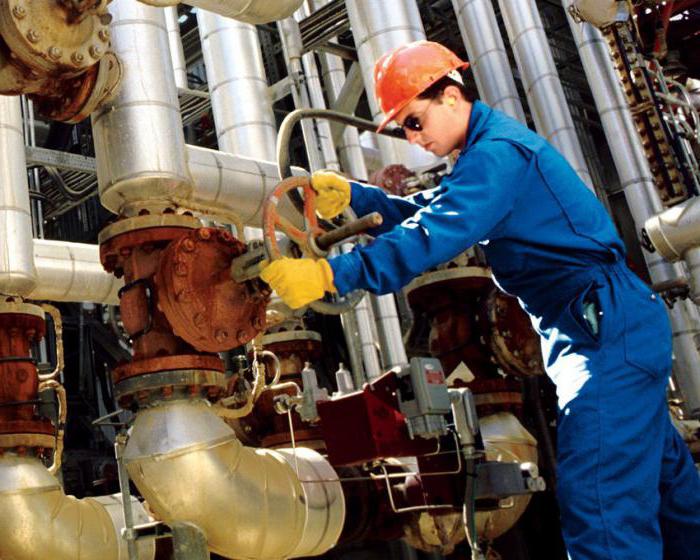
There are many examples when disruptions in the operation of large chemical, defense and energy industries led to disasters. To prevent even minor accidents in scale, the safety of production facilities should be maintained in accordance with established standards. There are separate requirements for the development of projects of hazardous facilities. Initially, they lay the possibilities for the effective elimination of accidents, as well as measures to counter and minimize negative consequences. Obviously, the bulk of the regulations focuses on the requirements for the operation of such enterprises.








